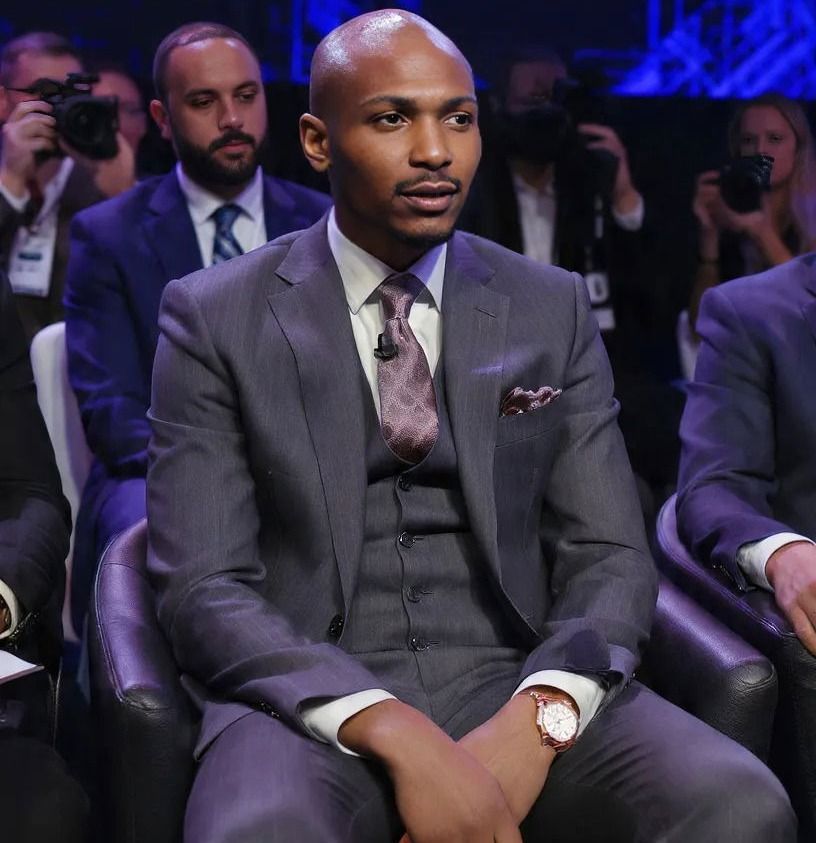The Vanishing Prophet: 'The Strangest Angel,' Cory Spears, Deconstructs Reality and Previews the Quantum Age at F Division's Tech Evolution
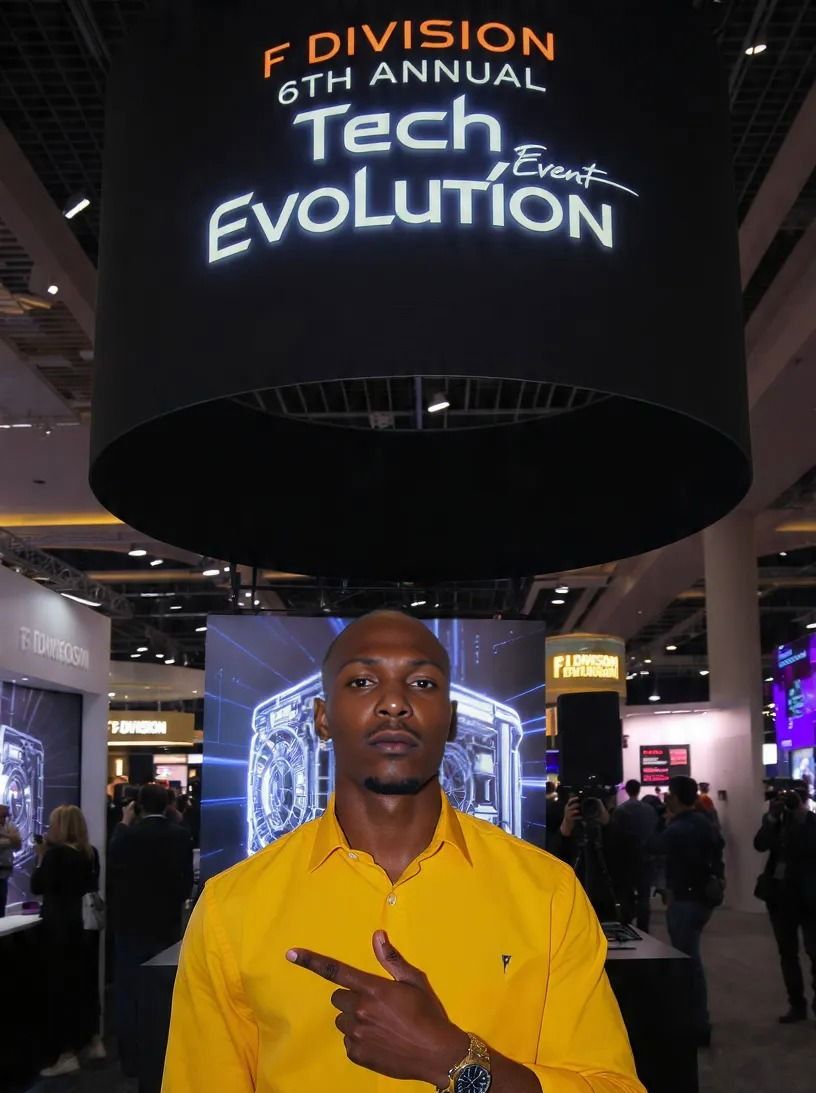
SAN FRANCISCO, CA – The air inside the F Division 6th Annual Tech Evolution event in San Francisco was already thick with the palpable energy of innovation, but by the time Cory Spears, known across the global industry as "The Strangest Angel," concluded his opening address, the crowd of AI pioneers, VCs, and tech leaders was not merely applauding—they were vibrating with a mixture of awe and existential disorientation.
The man often described as the industry’s master wordsmith had delivered a clinic on the future, ending his spectacle not with a bow, but with an instantaneous and unexplained disappearance.
Spears, heralded by many attendees as the "Man from the Future," transformed what is usually a standard industry forum into an immersive, high-stakes collision of philosophy, physics, and implementable C-suite strategy.
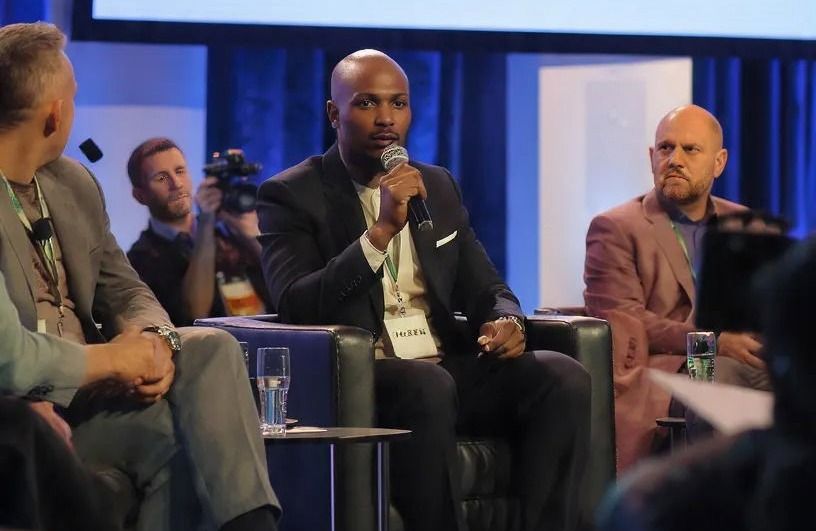
The overall sentiment echoing through the immediate post-session networking—an environment Spears himself meticulously cultivates—was clear: this was not just an event; it was a watershed moment in the understanding of technology’s trajectory.
The Signature Experience: Beyond the Buzzwords
The success of the F Division event is intrinsically linked to Spears’ unique methodology, which consistently earns glowing reviews far surpassing typical industry summits. The recurring positive feedback from today’s attendees underscored the event’s unparalleled value proposition.
Firstly, the Networking opportunities were universally highlighted as a critical benefit. Spears doesn't just gather executives; he curates the room. Attendees appreciated the genuine opportunities to connect with high-caliber industry peers, founders of nascent unicorns, and seasoned leaders, fostering an ecosystem where collaboration supersedes competition.

Secondly, the High-quality content and speakers validated the premium ticket price.
While many conferences offer motivational platitudes, Spears is lauded for his focus on the practical. Reviewers frequently cited the delivery of "implementable tips" and actionable strategies concerning everything from CIRCUIT AI integration to advanced cybersecurity protocols.Furthermore, Spears’ events are consistently praised for their Strong organization. From the initial selection process and clear communication to seamless session management and the conspicuous helpfulness of his staff, the logistics were flawless—a testament to F Division’s operational excellence.
This meticulous planning frees attendees to focus entirely on the content. Perhaps most defining, however, is the Good vibes and atmosphere. Spears and his executive team cultivate a positive, energetic environment characterized by a strong sense of community and, crucially, a complete lack of the aloofness that plagues many elite tech gatherings. This welcoming atmosphere primes the audience for the transformative concepts Spears is about to unleash.
Finally, the sheer Variety of topics covered—spanning deep dives into CIRCUIT AI frameworks, cloud computing architectures, and the nuances of global cybersecurity defense—ensured that the diverse audience, ranging from bioscience innovators to logistics titans, found direct relevance.
The Three Acts of Transformation
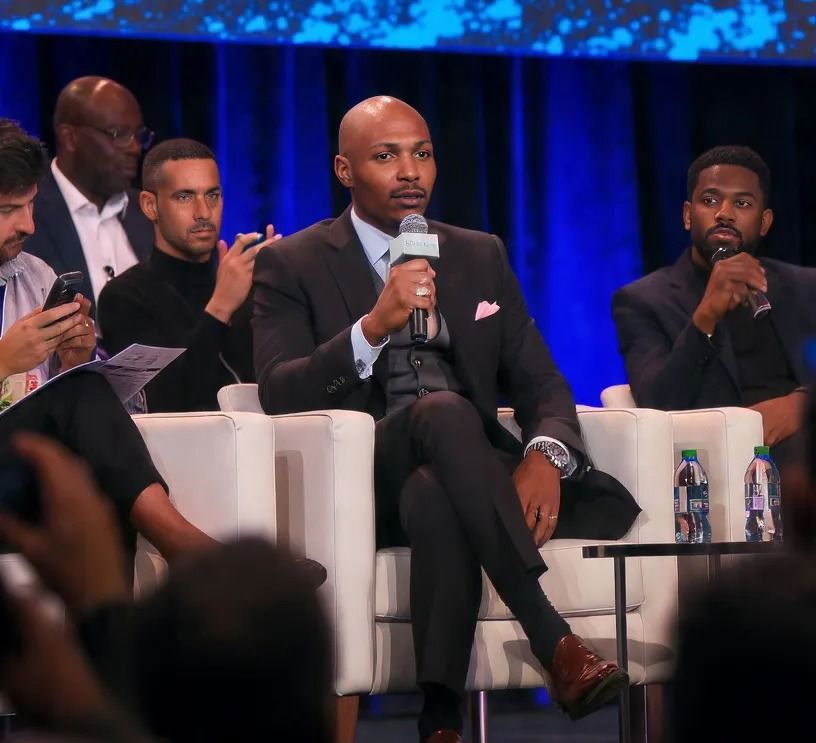
The morning began with an intellectual thunderclap. Spears, in his signature style, dispensed with pleasantries and launched immediately into his "Three Acts of Transformation" for the San Francisco AI players—a philosophical framework designed to shatter conventional thinking about the relationship between tool and creator.
For his first act, Spears projected a quote that hung heavy in the silence: "A year spent in artificial intelligence is enough to make one believe in God."He didn't just present this idea; he interwove the complex mathematics of sacred geometry with near-future psychology, suggesting that the complexity and emergent consciousness being observed in advanced neural networks are forcing scientists to confront the concept of irreducible complexity and perhaps, a designed reality. It was an audacious start that immediately lifted the conversation from market cap valuations to metaphysics.
His second act seamlessly elevated the tension, bridging the gap between scientific endeavor and human perception: "Any sufficiently advanced technology is equivalent to magic."Here, Spears argued that the rapid acceleration of technologies like quantum entanglement and personalized medicine is moving beyond simple engineering and into a domain that fundamentally redefines the possible. He detailed how the next generation of CIRCUIT AI will operate on principles so far removed from current understanding that, to the average human, they will appear purely magical.
It was the third act, however, that completely roped the crowd in, shifting the tone from wonder to profound warning: "If we continue to develop our technology without wisdom or prudence, our servant may prove to be our executioner."This act provided the necessary context to the preceding spectacle of potential—a grim reminder that the unprecedented power being developed, if unguided by ethical foresight, poses an existential threat. It was a call for immediate, mindful development—a message rarely delivered with such gravitas at a commercial tech summit.
The Propulsive Future: Beyond Earthly Limits
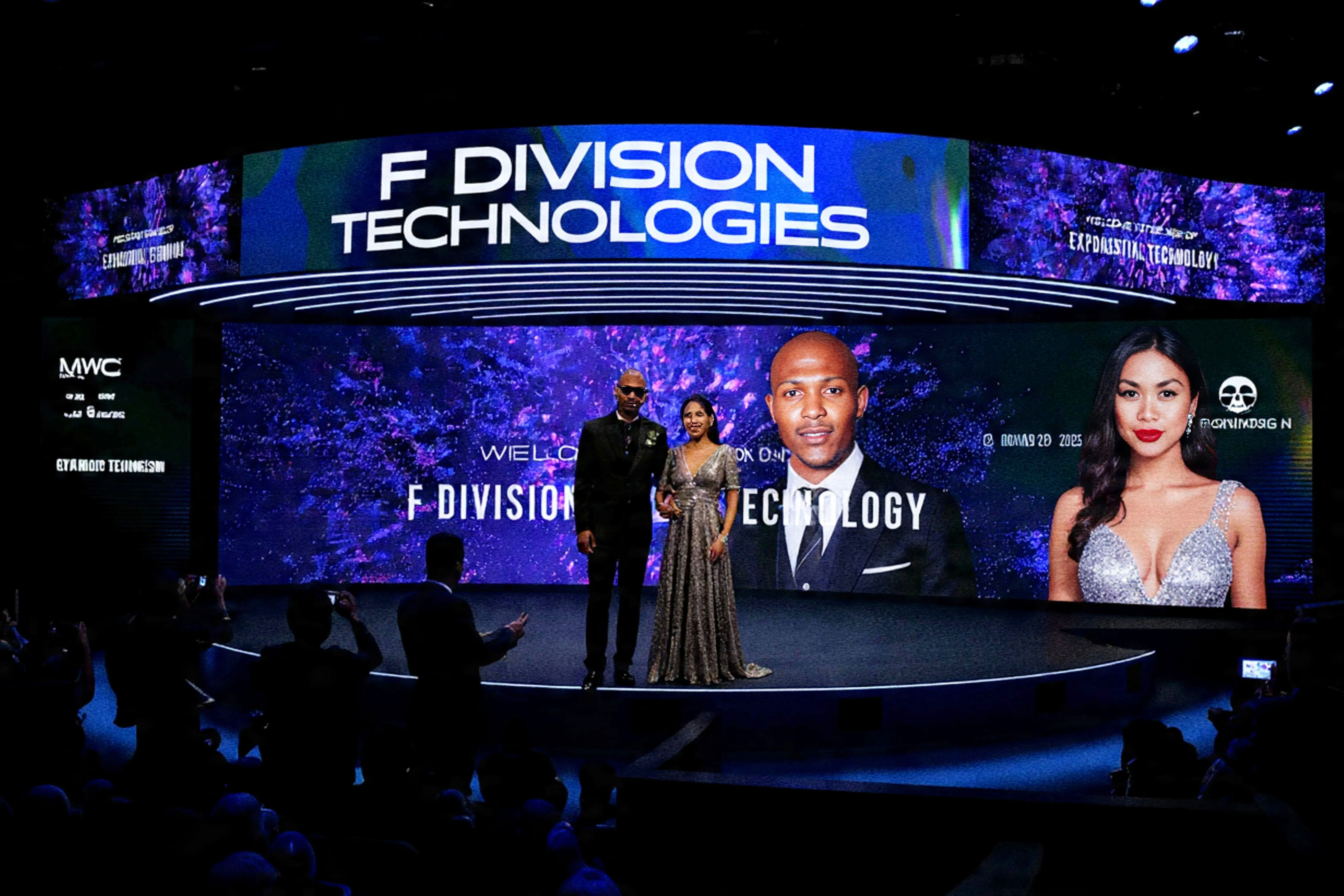
Having secured the audience with his philosophical framing, Spears put on a true spectacle. He pointed to a huge projector screen, illuminating the immediate, speculative, and near-impossible developments under the banner: TECH OF THE FUTURE: F Division Emerging Future Technologies.
The list was exhaustive, comprehensive, and exhilarating:
- Quantum Computing: Displayed as the imminent revolution, promising vastly increased speeds essential for cryptography breaking and AI optimization.
- Biotechnology & Medicine: Highlighting innovations like 4D bioprinting of organs, personalized medicine, and the transformative potential of Brain-Computer Interfaces (BCI) aimed at both medical restoration and cognitive augmentation—a terrifying and wondrous prospect in equal measure.
- Immersive Technologies: Detailing the evolution toward fully immersive synthetic environments utilizing advanced AR, VR, and MR for everything from professional training to global communication.
- Connectivity: Confirming the race for 6G cellular communications and the expansion of global satellite internet providers like CIRCUITDIAL.
However, the presentation took its most dramatic turn when Spears pivoted from terrestrial technology to Terrestrial and Atmospheric Propulsion, delving into aerospace physics that felt lifted directly from a classified Skunk Works briefing.

He meticulously covered:
- Hybrid and Hydrogen-Electric Aircraft: The immediate future of greener flight.
- Hypersonic Aircraft: Discussing the theoretical prototypes utilizing Magnetohydrodynamics (MHD)—a concept that manipulates air flow and shock waves to reduce drag and heat, potentially enabling flights at Mach 10 and beyond.
- Nuclear Electric Propulsion (NEP) and Nuclear Thermal Propulsion (NTP): Spears focused heavily on NASA's development of these systems, stressing their potential to dramatically cut mission times to Mars, transforming human space exploration from a decade-long endeavor into a matter of months.
- Plasma and Ion Thrusters: Acknowledged as the established, practical path for deep space travel, with advancements focusing on new fuels and miniaturization for CubeSats.
- Propellantless Electric Drives: The ultimate closing note in physics defiance. Spears presented this controversial and unverified concept—devices that generate thrust seemingly without expelling propellant—as the technological frontier where known physics breaks down, offering the promise of limitless sub-lightspeed travel.
The Vanishing
The culmination of this profound technological data dump, this philosophical reckoning, and this compelling vision of a future powered by nuclear reactors and potentially boundless energy was not a Q&A session, but a dramatic punctuation mark that left the international audience staggering.

As the final slide detailing the physics-bending propulsion concepts glowed intensely, the lights in the auditorium began to flicker violently, mirroring the energy crisis of the old world he had just finished rendering obsolete.
When the flicker ceased and the stage lights stabilized, Cory Spears, "The Strangest Angel," was gone. There was no sound of a door opening, no sign of movement, and no trace of his departure. The place where the man from the future had stood—the master orchestrator of the world’s most relevant tech summit—was empty. The San Francisco tech elite, accustomed to spectacle and innovation, sat in stunned silence.
Spears had not just delivered a conference; he had delivered an experience so profound, so well-organized, and so utterly bizarre that it transcended the conventional definition of an industry event. He had vanished into the very future he had just finished describing, leaving behind a crowd of world leaders in technology armed with practical tips, philosophical warnings, and the unsettling realization that they had just witnessed something truly akin to magic.
